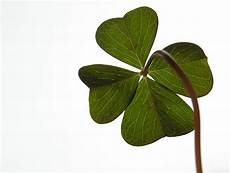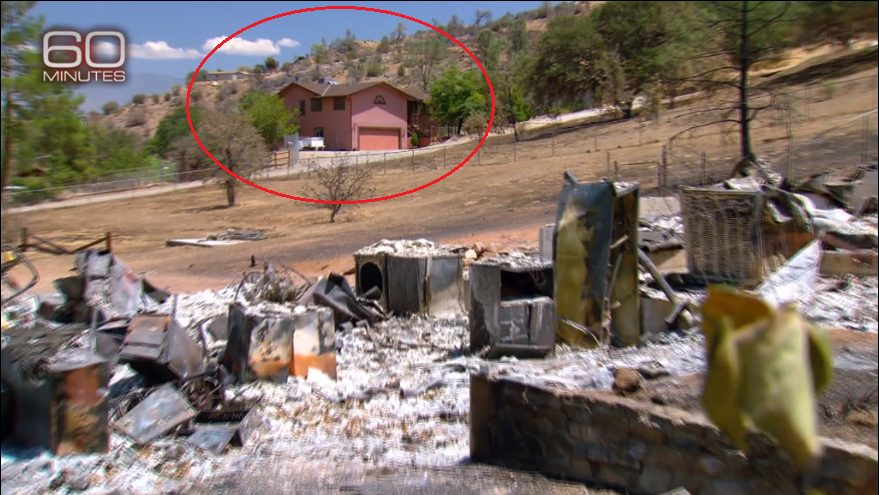Racism Toward the Irish
My Scottish grandfather held the Irish in contempt. "They were only good for one thing, the wheelbarrow!" He passed 33 years before a genetic test revealed no racial inferiority in the Irish relative to the English. Today is only twelve years since the Irish were given scientific proof.
An unforgettable OpEd from that time showed it would be years before they'd unwind the stereotypes, the prejudices, the shame:
See also: The Root, When the Irish Weren't White.
----------------------- Further Reading:
Douglas Hyde quotes ireland-calling.com

This work by AJ Fish is licensed under a Creative Commons Attribution-NonCommercial 4.0 International License.
An unforgettable OpEd from that time showed it would be years before they'd unwind the stereotypes, the prejudices, the shame:
When English Eyes Are SmilingAs they say, read the whole thing at the New York Times.
By WES DAVISMARCH 11, 2007
New Haven
STUDENTS in the Irish literature seminar I teach latched onto some satisfying news last week, when this newspaper reported that scientists had found no significant genetic difference between the Irish and English. Midway through a semester spent wrestling with fictional representations of the troubled relationship between the two nations, here was scientific confirmation that an assumption long used to justify the inequality of that relationship was itself a fiction.
The discovery that the Irish and English belong to the same bloodline is probably more amusing than shocking to readers who have grown accustomed to understanding the history of Ireland in political rather than racial terms. But the notion of racial inferiority persisted in British writing on the Irish well into the 19th century.
Writing in “Races of Men” in 1850, the Scottish surgeon and ethnographer Robert Knox argued that because of its inherent “fanaticism” and “hatred for order and patient industry,” Ireland’s “Celtic race does not, and never could be made to comprehend the meaning of the word liberty.” In 1867 Matthew Arnold, even as he styled himself a champion of Irish literature, carried on the myth of an Irish racial type, writing in an essay that “the Celtic genius” has “sentiment as its main basis, with love of beauty, charm and spirituality for its excellence,” but with “ineffectualness and self-will for its defect.”
One of the most alarming 19th-century descriptions of the Irish comes from Charles Kingsley, author of “The Water Babies,” a novel that captured the imagination of Victorian children as surely as Harry Potter has charmed children today. In 1860, two years before he began writing the book, Kingsley traveled to Ireland.
“I am haunted by the human chimpanzees I saw along that hundred miles of horrible country,” he wrote in a letter to his wife. The apparent racial inferiority of the Irish was made more shocking for Kingsley by their superficial similarity to the English: “If they were black, one would not feel it so much, but their skins, except where tanned by exposure, are as white as ours.” By the time he described the Irish in “The Water Babies,” Kingsley had regained a measure of judgment. There they are “good-natured,” but still “untrustable” and “wild.”...
See also: The Root, When the Irish Weren't White.
----------------------- Further Reading:
Douglas Hyde quotes ireland-calling.com

This work by AJ Fish is licensed under a Creative Commons Attribution-NonCommercial 4.0 International License.




